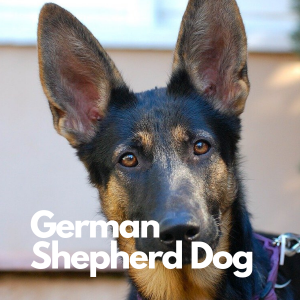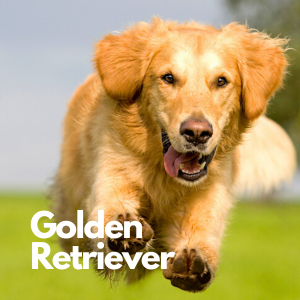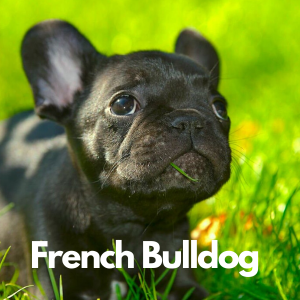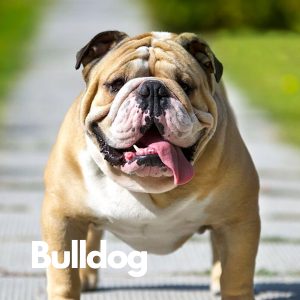
Terrier
15–20 lbs.
9–11 in.
12–15 years
1. Key Characteristics of Australian Terriers
The Australian Terrier is one of the smaller dogs in the terrier group.
The dogs have short legs and a long head. The pointed, V-shaped ears are erect, the small eyes are dark brown or black, and the nose is black.
The tail is set high and erect. It may be docked for working terriers (tail docking is outlawed in many countries in Europe, with the exception of working dogs).
The Australian Terrier’s feet are small and similar to those of a cat, with black nails.
The dog’s weatherproof double coat features a harsh, coarse outer coat and a soft, short undercoat. Coat colors include blue and tan, sandy and red — and may include black points or markings.
2. Where Australian Terriers Came From
The Australian Terrier first appeared at a dog show in Melbourne in 1868. The dog was shown as an Australian Rough-Coated Terrier.
Breeds believed to be responsible for the Australian Terrier’s development include:
- Cairn Terriers
- Norwich Terriers
- Irish Terriers
- Dandie Dinmont Terriers
- Yorkshire Terriers
- Skye Terriers
Australian Terriers were recognized in England in 1933. They appeared in the United States in the late 1940s, and the American Kennel Club (AKC) recognized the breed in 1960.

3. How Friendly Are Australian Terriers?
Australian Terriers are tough and have great confidence.
They are energetic and active, yet loyal to their family members and curious. They have superior senses of sight and hearing, making them excellent watchdogs.
They are easy to train but can be prone to excessive barking. Train your Australian Terrier to know when enough barking is sufficient. You can also train them to perform many tricks.
They get along with other dogs and cats, but because of their prey drive, Australian Terriers may chase smaller animals. They love children, travel well, and adapt easily to new situations and environments.
4. Is This the Right Dog for You?
Exercise Needs
MEDIUM: Australian Terriers need a daily walk and/or play to expel energy. Exercise yours in a safe or enclosed area because of their instinctive desire to chase small prey.
They’re a good fit for apartment living because they’re active indoors. Australian Terriers are also adaptable to various climates, making them an all-purpose and all-weather dog breed.
Grooming Needs
MEDIUM: The Australian Terrier’s coat sheds little and is easy to groom. Brush the coat several times a week, although daily brushing would be ideal.
You’ll want to bathe your Australian Terrier only when necessary — no more than once a month as a general guide.
Trim the hair around the eyes, and the coat should be either stripped by a groomer or hand-plucked as needed.
Regular pet maintenance includes trimming the dog’s nails, cleaning the ears and brushing the teeth.
Health Problems
MEDIUM: Although considered a healthy breed, Australian Terriers have been known to have a few health issues, including:
- Luxating patella
- Legg-Perthes disease (hip joint malformation)
- Diabetes
- Immune deficiencies
- Skin allergies
- Digestive problems
In this video, Ruby the Australian Terrier showcases her many tricks:

5. Where to Adopt an Australian Terrier
You can sometimes find an Australian Terrier in a shelter, and they are also available through rescue organizations. Start with our online dog search or check local shelters and rescues for a dog near you.
If you consider buying an Australian Terrier through a breeder, please make sure it’s not actually a puppy mill — be aware of the classic puppy mill red flags.








